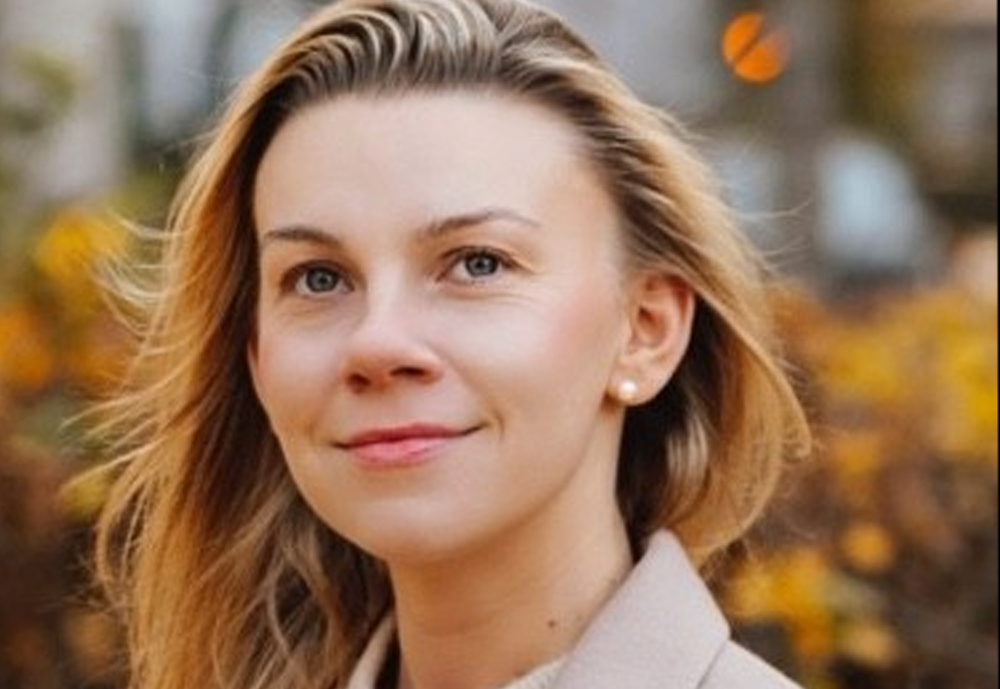
16. June 2023
Green Voice
- sustainability
- Green Media
With the sustainability channel "Green Voice," we have been bringing more sustainable content to Ströer's digital media carriers and thus into the public space for two years.
We spoke with Catharina Enderlein, Head of Media Creation at Ströer, about new content formats for sustainable topics and positive solutions.

About Catharina Enderlein
Catharina Enderlein is the founder of meet MOMENTUM, SINNFLUT and the European Lab for sustainable companies & personalities (ELSCP). For many years, the strategy and sustainability expert has been dedicated to bringing more "meaning and value" into the focus of society and, against this backdrop, linking companies with sense fluencers, among other things. She has been responsible for Media Creation at Ströer since 2022.




